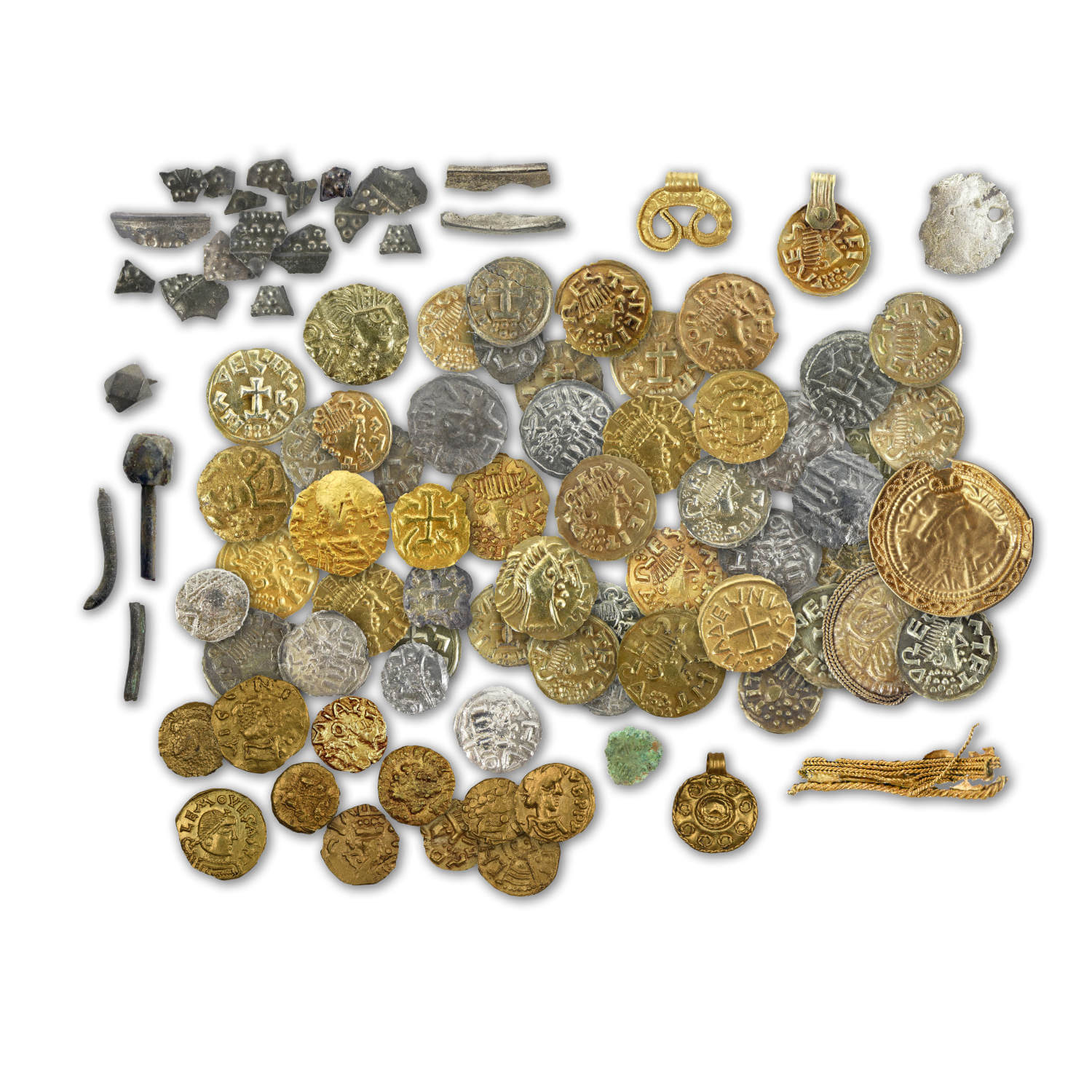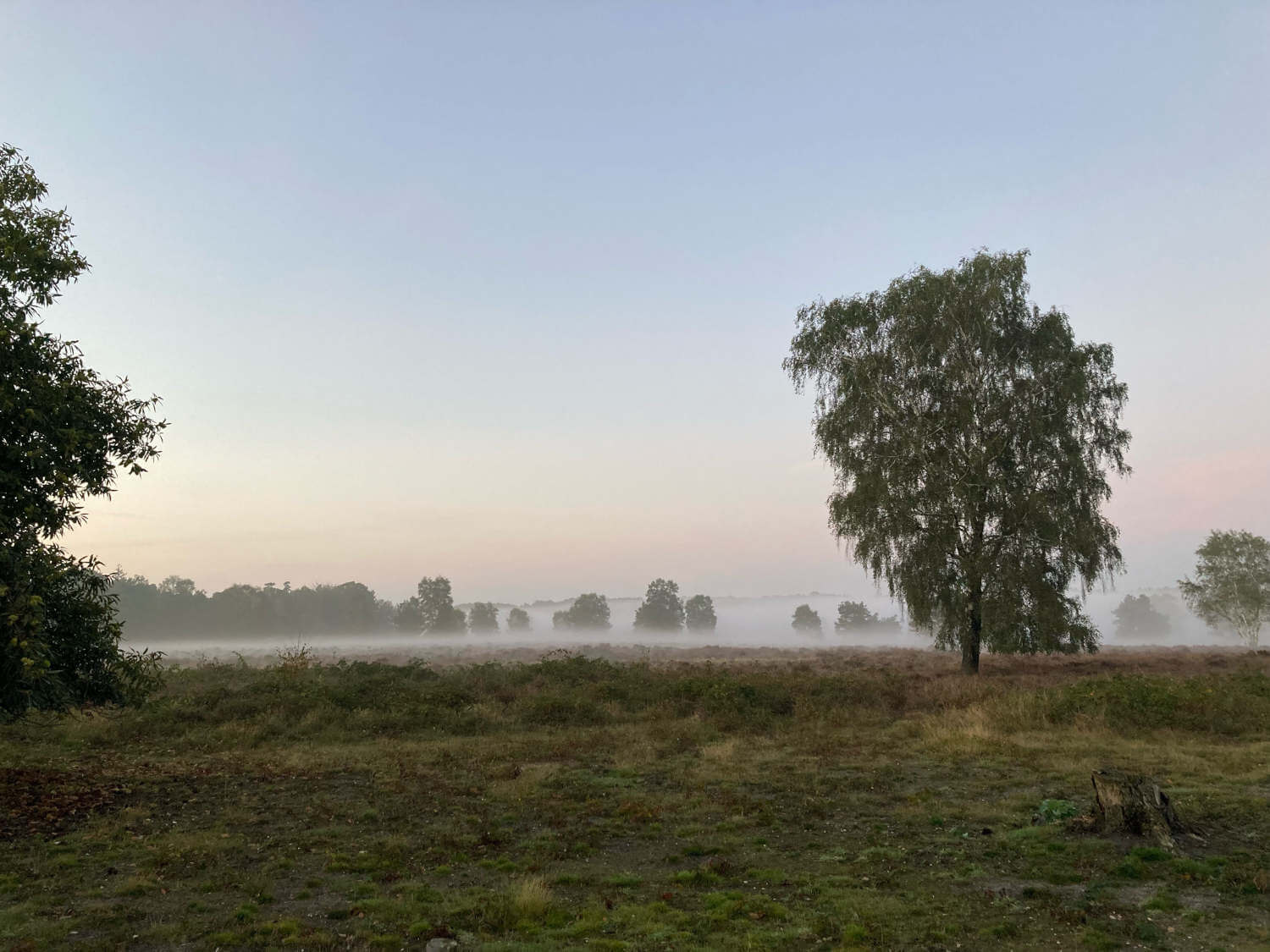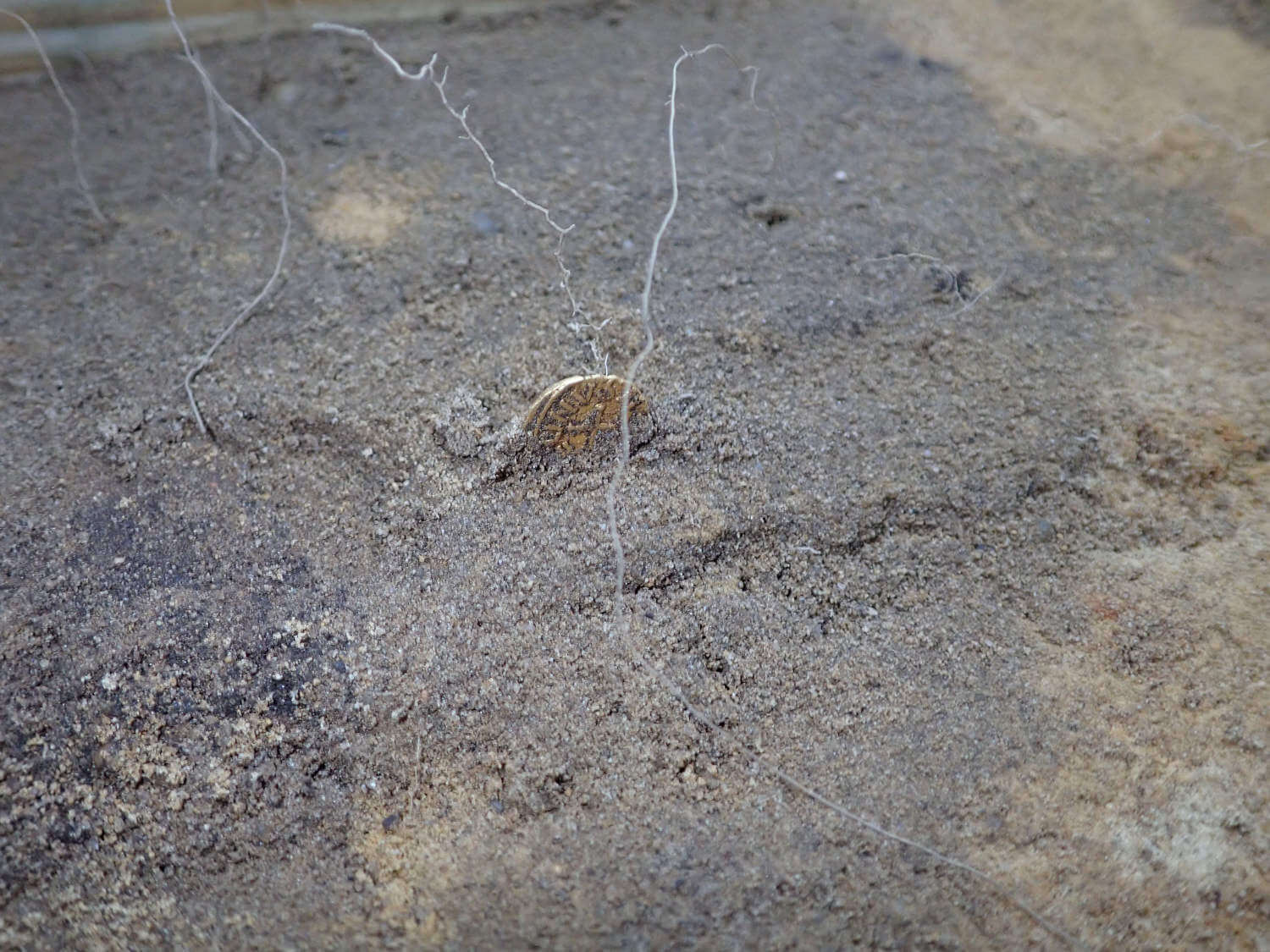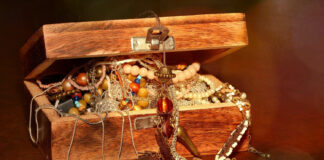In May 2019, detectorists found numerous gold and silver coins from the early Middle Ages in the Netherlands. The discovery was made by amateur archaeologists in the Springendal nature reserve near Hezingen (Tubbergen municipality, Twenthe). Due to the large quantity of 7th-century coins, the assumption was made that the coins might belong to a (partially) destroyed gold and silver treasure. The find was registered with the archaeological organisation PAN (Portable Antiquities of the Netherlands).
Postponements Due to Covid
After extensive preliminary examinations, further measures had to be postponed – due to Covid. But finally, the Vrije Universiteit Amsterdam (VU) and the monuments office Rijksdienst voor het Cultureel Erfgoed (RCE) were able to organise an excavation on site. The RCE archaeologist Jan Willem de Kort states: “More gold and silver was found, as well as remains of an sacrificial site. A group of posts, possibly bearing sacred symbols or the head of Wodan, probably formed a gathering place where groups of people from the surrounding areas met and left precious metal items.”
The Influence of Christianity
Spread over three sites, 94 coins and coin fragments, at least 6 pieces of gold jewellery and 2 pieces of silver jewellery, part of a gold sword hilt ornament and 95 parts of an unknown object (probably the ornament of a drinking horn or of a helmet or a coffin) were found.
The coins discovered in one place are tremisses of high gold content (probably late 6th/early 7th century), whereas the tremisses that were found in another place are of low gold content or consist entirely of silver. In addition to imitations of the tremisses by Madelinus, two genuine Madelinus tremisses were found (ca. mid-7th century). Moreover, archaeologists found sceattas of the continental rune type (late 7th century).
Based on the spatial distribution, scholars assume that this wasn’t a single coin treasure but a site where valuable object were buried as offerings at various locations. The sacrificial site was used for a little less than one century, from the early 7th to the late 7th/early 8th century AD. It seems that the Christianization of the Saxons pursued by the Carolingian kings put an end to the “pagan” site.
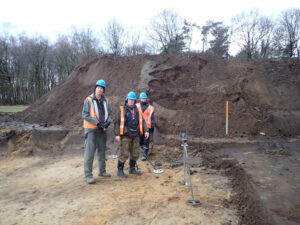
A Special Collaboration
For five years, archaeological finds made by amateur scholars have been registered with the Portable Antiquities of the Netherlands (PAN) of the University of Amsterdam. Archaeologists of the RCE and the VU conducted the excavation in collaboration with the Staatsbosbeheer and the province of Overijssel.
The hoards were acquired by the Rijksmuseum van Oudheden (RMO – National Museum of Antiquities), which is lending them to the Rijksmuseum Twenthe in Enschede, where the finds will be on display from 18 February until 30 October. The RMO purchased the hoards for the national collection in order to make the find available to the public since it’s considered a hoard of national importance.
Stijn Heeren, an archaeologist at the University of Amsterdam, states: “What’s special about this find is that little was known about this period in this region. Rich finds from the early Middle Ages are known mainly from Friesland and the region around Utrecht. It’s also special that this research project began with a report made by amateur archaeologists and led to a wonderful collaboration between scholars and experts from various organisations.”
A few years ago, a spectacular hoard of late Roman gold coins was found in the Netherlands.
This hoard found in Denmark was not about offerings but actually a treasure – what a treasure indeed!
Here you can find out more about the project Portable Antiquities of the Netherlands.
And if you wish to see these coins in real life, you will find all information for planning your visit to the display on the website of the Rijksmuseum Twenthe.




